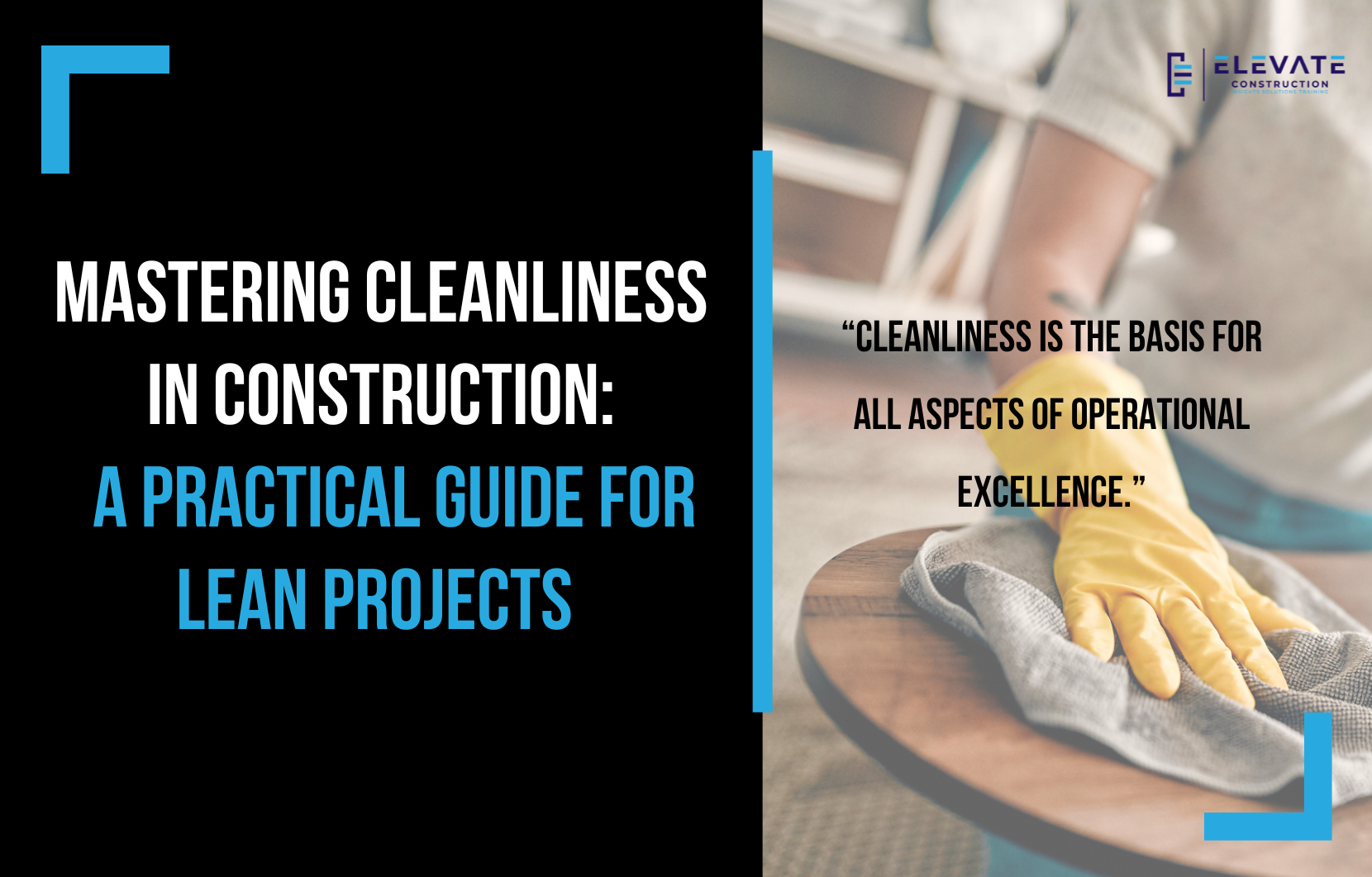Importance of Delegating:
Before delving into the how-to of delegation, let’s understand why it’s a vital aspect of leadership. The Eisenhower Matrix, a four-square matrix, categorizes tasks based on their urgency and importance. Delegating allows leaders to focus on tasks that are both important and urgent, optimizing their time and resources.Setting the Foundation:
- Clearly Defined Roles: To delegate effectively, start by ensuring that roles within your team are clearly defined. Each team member should have a specific title and a scorecard outlining expectations. This clarity empowers everyone to understand their role and responsibilities.
- Scorecards for Roles: Develop scorecards for each role, cataloging the expectations. This tangible reference ensures that everyone knows what each team member is responsible for, fostering a collaborative and efficient work environment.
- Key Four Things: Ensure that every team member has access to the essential tools, required training, a designated workspace, and the necessary time to complete their assignments. These fundamental resources are prerequisites for successful delegation.
- Thought Work on Acceptance: Leaders must be prepared to appreciate and accept the best efforts of those to whom they delegate. Avoid micromanaging and perfectionism, allowing team members to leverage their capabilities and contribute effectively.
- Ownership of Expectations: Take ownership of setting expectations and follow-up. While the assigned individual is responsible for the effort, leaders must proactively articulate their expectations and provide support without micromanaging.
The Delegation Process:
1. Identifying Tasks for Delegation:
- Use the Eisenhower Matrix: Begin by using the Eisenhower Matrix to decide which tasks are suitable for delegation. Focus on tasks that are urgent but not important or not urgent and not important.
- Choosing the Right Person: Select individuals who are trained, capable, have the capacity, and would benefit from the assignment. Consider the skills required and ensure they have the necessary training.
- Benefit Analysis: Assess whether the assigned task would benefit the individual. Communicate the potential benefits to gain their buy-in and commitment.
2. Setting Clear Expectations:
- Utilize the Impact Filter: Clearly define the purpose, importance, ideal outcome, success criteria, and deadline for the assignment. Utilize tools like the impact filter to articulate expectations effectively.
3. Allowing Time for Completion:
- Avoid Micromanaging: Allow the assigned person the time and space to complete the task without excessive monitoring. Emphasize the importance of iteration and frequent updates.
4. Iteration and Fast Progress:
- Teach Iteration: Encourage individuals to iterate quickly and frequently. Emphasize the importance of providing initial drafts or minimum viable products for early feedback.
5. Regular Check-Ins and Assistance:
- Offer Assistance: Check in often to ensure the task is on track, but avoid micromanaging. Offer assistance without dictating the “how” of the task, empowering individuals to take ownership.
6. Acceptance and Feedback:
- Accept Best Efforts: When the task is completed, acknowledge and accept the individual’s best efforts. Offer praise for their work.
- Feedback and Improvement: If further work is needed, engage in an open dialogue. Discuss whether expectations were clear, offer constructive feedback, and collaborate on improvements.
Conclusion:
Delegating effectively is a skill that not only lightens the load for leaders but also empowers team members to contribute meaningfully. By following these steps and principles, you can master the art of delegation, creating a collaborative and successful work environment. Remember, success is a team effort, and effective delegation is a key component of achieving it.If you want to learn more we have:
-Takt Virtual Training: (Click here)
-Check out our Youtube channel for more info: (Click here)
-Listen to the Elevate Construction podcast: (Click here)
-Check out our training programs and certifications: (Click here)
–The Takt Book: (Click here)
Discover Jason’s Expertise:
Meet Jason Schroeder, the driving force behind Elevate Construction IST. As the company’s owner and principal consultant, he’s dedicated to taking construction to new heights. With a wealth of industry experience, he’s crafted the Field Engineer Boot Camp and Superintendent Boot Camp – intensive training programs engineered to cultivate top-tier leaders capable of steering their teams towards success. Jason’s vision? To expand his training initiatives across the nation, empowering construction firms to soar to unprecedented levels of excellence.
On we go!











